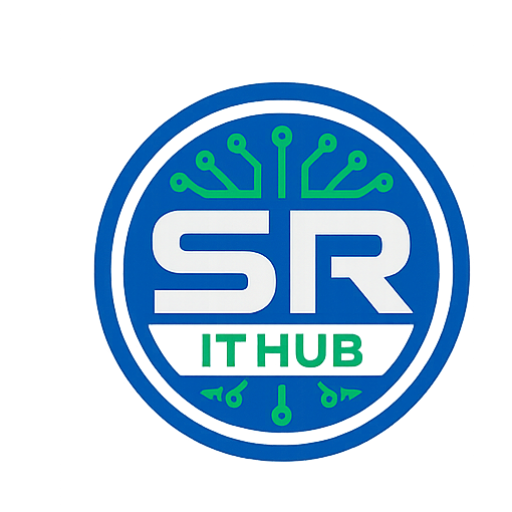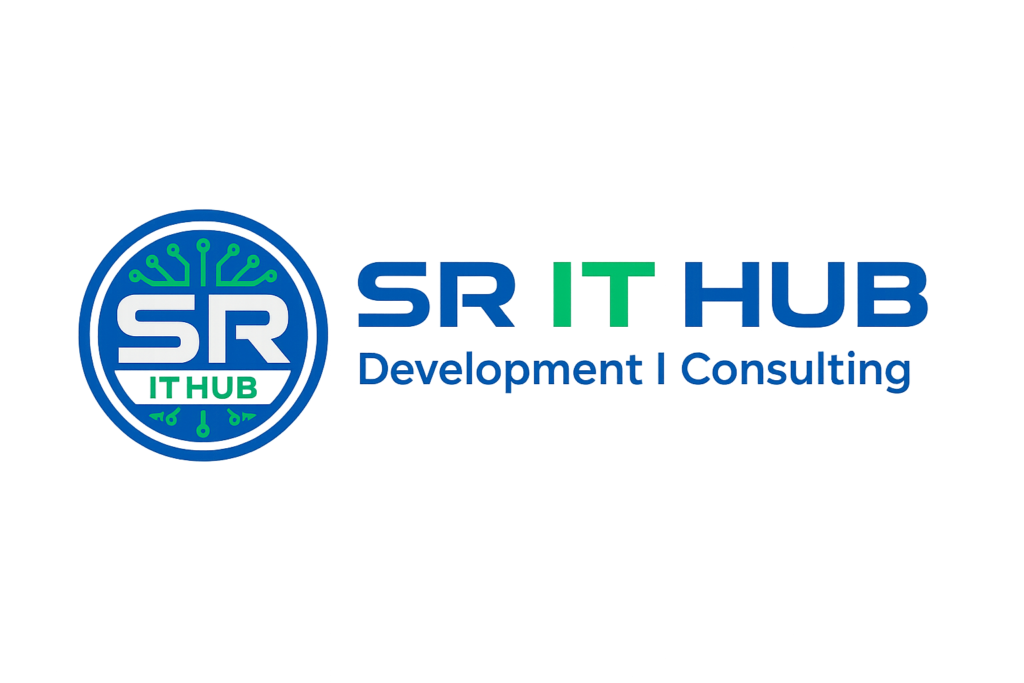Abstract:
Computational drug repositioning, designed to identify new indications for existing drugs, significantly reduced the cost and time involved in drug development. Prediction of drug-disease associations is promising for drug repositioning. Recent years have witnessed an increasing number of machine learning-based methods for calculating drug repositioning. In this paper, a novel feature learning method based on Gaussian interaction profile kernel and autoencoder (GIPAE) is proposed for drug-disease association. In order to further reduce the computation cost, both batch normalization layer and the full-connected layer are introduced to reduce training complexity. The experimental results of 10-fold cross validation indicate that the proposed method achieves superior performance on F dataset and C dataset with the AUCs of 93.30% and 96.03%, respectively, which were higher than many previous computational models. To further assess the accuracy of GIPAE, we conducted case studies on two complex human diseases. The top 20 drugs predicted, 14 obesity-related drugs, and 11 drugs related to Alzheimer’s disease were validated in the CTD database. The results of cross validation and case studies indicated that GIPAE is a reliable model for predicting drug-disease associations.
Existing System:
In recent years, in addition to the traditional feature extraction methods, feature extraction methods based on deep learning have been widely used. Autoencoder can learn features by reducing the dimension of the feature. For instance, Vishnubhotla et al. applied autoencoder to the modelling of low-dimensional coefficient model. Badin et al. apply autoencoder for the unsupervised identification of sub-word units. With the development of autoencoder and deep learning techniques, applications based on autoencoder have received more and more research attention. Using Autoencoder to map raw features to low-dimensional spaces can more effectively measure the relationship between drugs and disease. Along this promising direction, this work proposes a novel feature extraction method based on autoencoder for learning a meaningful feature representation of drug fingerprints. By doing sowe can set objective function
with respect to recovering new links on known drug-disease association network, considering the nonlinear combination of different features.
Proposed System:
In this work, we use two drug-disease association datasets following Gottlieb et al. and Luo et al. [11, 12]. As shown in Table 1, Gottlieb et al. collected 593 drugs, 313 diseases, and 1933 validated drug-disease associations from multiple data sources, which we here abbreviate as F dataset. Luo et al. collected another dataset called C dataset which covers 663 drugs, 409 diseases, and 2532 associations between them. The information of drugs is extracted from Drug Bank, a comprehensive database containing extensive information about drugs . The drug fingerprints defined in the PubChem database were extracted to represent the chemical substructures of drugs. Disease information comes from human phenotypes definition in the Online Mendelian Inheritance in Man (OMIM) database, which focuses on human genes and disease. In this work, we randomly generate negative samples from the unlabelled drug-disease pairs with the same number of the positive ones.
SYSTEM REQUIREMENTS
SOFTWARE REQUIREMENTS:
• Programming Language : Python
• Font End Technologies : TKInter/Web(HTML,CSS,JS)
• IDE : Jupyter/Spyder/VS Code
• Operating System : Windows 08/10
HARDWARE REQUIREMENTS:
Processor : Core I3
RAM Capacity : 2 GB
Hard Disk : 250 GB
Monitor : 15″ Color
Mouse : 2 or 3 Button Mouse
Key Board : Windows 08/10

